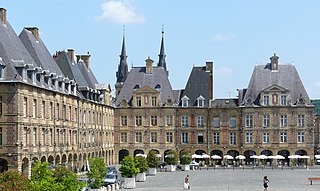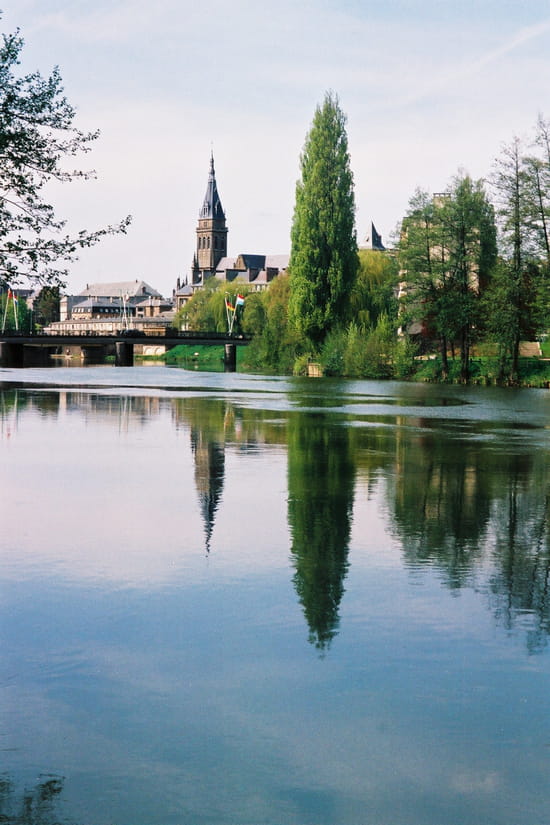Saturday, 11 June 2011
Tuesday, 7 June 2011
conversion iodea
 these are lombard volunteers at magenta, if you'd like to convert some of your soldiers then its easily done
these are lombard volunteers at magenta, if you'd like to convert some of your soldiers then its easily done build up the kepi as these are too short, then get rid of the jacket bottoms or trim them a bit to look like shirts, put metal bayonets into the rifles and give all the troops neck scarves, mission accomplished
build up the kepi as these are too short, then get rid of the jacket bottoms or trim them a bit to look like shirts, put metal bayonets into the rifles and give all the troops neck scarves, mission accomplishedMonday, 6 June 2011
DAVID by Mokarex
This was influenced by the ideas then current in Rome (Winckelmann) and by artists such as Hamilton who were already experimenting with a Neoclassical idiom. In 1784 the change of style was confirmed by the Oath of the Horatii (Paris, Louvre), probably the most famous and certainly the most severe of a series of works which extolled the antique virtues of stoicism, masculinity and patriotism. During the French Revolution, David played an active role both artistically he reorganized the Académe and produced numerous and spectacular propaganda exercises - and politically, as an avid supporter of Robespierre, who voted for the execution of the king.
He also attempted to catalogue the new heroes of the age, abortively in the Oath of the Tennis Court, and successfully in his pieta-like portrayal of the Death of Marat (1793, Brussels, Musée Royaux). He eventually lost out in the confused politics of the 1790s, was imprisoned under the moderate Directory and saved by the intervention of his estranged wife, symbolized in his Intervention of the Sabine Women (1799, Paris, Louvre), a work which strained his Classicism in the search for Greek purity. In 1799 Napoleon gained power, and David gained a new hero. He recorded the general and later the Emperor in numerous propaganda pieces (e.g. Napoleon at Mont St Bernard, 1800, Versailles; The Crowning of Josephine) in which his sobriety was loosened by Napoleon's demand for grandeur. In professional terms, he failed to survive the fall of his master, and in 1815 retired in exile to Brussels, where he continued to work in a highly finished Classical vein, but resorted to myth for his subject-matter (e.g. The Disarming of Mars). Throughout his career he produced portraiture which not only catalogued the changing political spectrum, but also his own artistic developments (e.g. Antoine Lavoisier and his Wife, 1788, New York, Metropolitan Museum). He was also a great teacher, numbering among his pupils Gros, Ingres, Gerard and Girodet, although few of them actually followed the severity of his style."
Sunday, 5 June 2011
Battle of Charleville
On Sunday, August 23, 1914, the Fourth Army, operating from the Meuse, was heavily outnumbered by the Saxon army around the river town of Dinant. They fell back, after furious fighting for the possession of the bridges, which the French engineers blew up as the army withdrew southward to the frontier. Soon after, at Givet, the Germans succeeded in wedging their way across the Meuse.

Recent flooding has made Charleville even more depressing than normal.Why the Krauts wanted it is beyongd me. I spent some time here and the only thing that happened was rain.More exciting talking with Blake!!!!!
Some advanced on Rocroi and Rethel, and other corps marched along the left bank of the Meuse, through wooded country, against a steadily increasing resistance which culminated at Charleville, a town on the western bank of the river. There a determined stand was made.

On August 24, 1914, the town of Charleville was evacuated, the civilians were sent away to join multitudes of other homeless refugees, and then the French also retired, leaving behind them several machine guns hidden in houses, placed so that they commanded the town and the three bridges that connected it with Mezieres

The German advance guards reached the two towns next day, August 25, 1914, which, as we know, witnessed the British retirement toward Le Cateau. Unmolested, they rode across the three bridges into the quiet, empty streets. Suddenly, when all had crossed, the bridges were blown up behind them by contact mines, and the German cavalrymen were raked by the deadly fire of the machine guns. Nevertheless, finding their foes were not numerous, they made a courageous stand, waiting for their main columns to draw nearer. Every French machine gunner was silenced by the Guards with their Maxims; but when the main invading army swept into view along the river valley, the French artillery from the hills around Charleville mowed down the heads of columns with shrapnel. Still the Teutons advanced with reckless courage. While their artillery was engaged in a duel with the French, German sappers threw pontoon bridges across the river, and finally the French had to retire. Between Charleville and Rethel there was another battle, resulting in the abandonment of Mezieres by the French.
Still the Teutons advanced with reckless courage. While their artillery was engaged in a duel with the French, German sappers threw pontoon bridges across the river, and finally the French had to retire. Between Charleville and Rethel there was another battle, resulting in the abandonment of Mezieres by the French.
 Still the Teutons advanced with reckless courage. While their artillery was engaged in a duel with the French, German sappers threw pontoon bridges across the river, and finally the French had to retire. Between Charleville and Rethel there was another battle, resulting in the abandonment of Mezieres by the French.
Still the Teutons advanced with reckless courage. While their artillery was engaged in a duel with the French, German sappers threw pontoon bridges across the river, and finally the French had to retire. Between Charleville and Rethel there was another battle, resulting in the abandonment of Mezieres by the French.
Subscribe to:
Comments (Atom)



